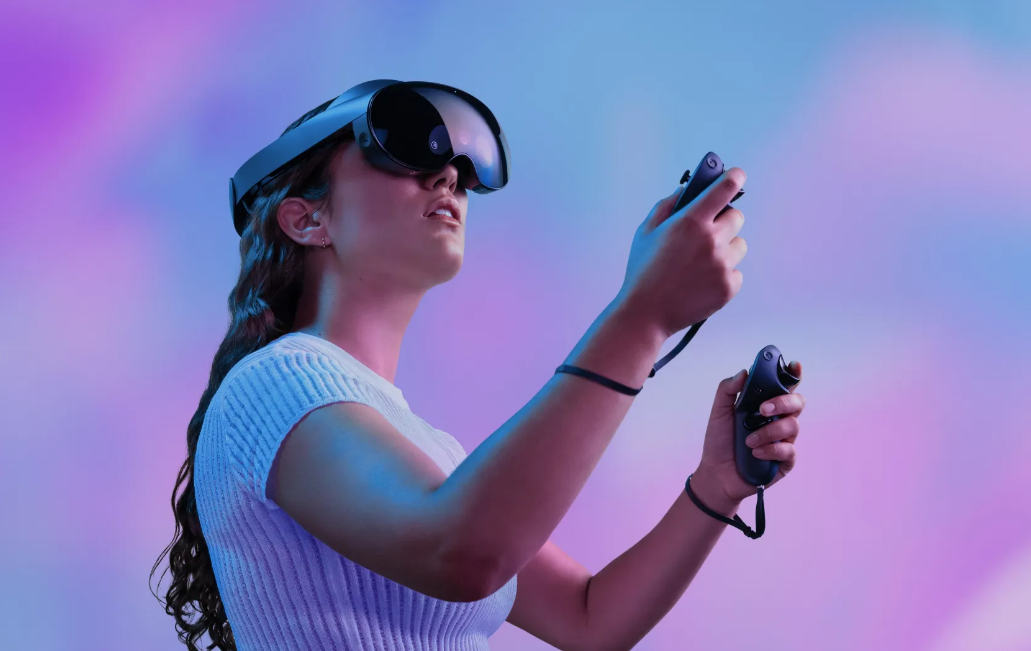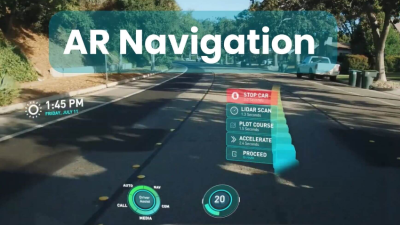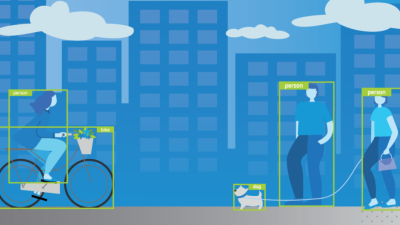Augmented reality has opened up exciting new ways to interact with digital content. Yet many AR applications remain inaccessible to people with disabilities. This digital divide needs urgent attention.
The promise of AR is too important to limit to only those without disabilities. Everyone deserves access to these transformative tools.
Understanding Accessibility Needs in AR
Different users have different needs when it comes to AR experiences. Some might have trouble with physical controllers. Others might struggle with visual elements or complex audio cues.
For developers, the first step is understanding these diverse needs. This means consulting with users who have disabilities throughout the design process.
“When we design for disability, we all benefit,” notes disability rights advocate Elsa Sjunneson. This principle applies perfectly to AR development.
Vision Accessibility in Augmented Reality
For users with vision impairments, standard AR interfaces often present significant challenges. But innovative solutions are emerging.
High-contrast modes help users with partial vision loss distinguish AR elements more easily. Audio descriptions can narrate visual content for blind users.
Some developers are exploring haptic feedback systems that translate visual AR elements into touch-based information. This multi-sensory approach makes experiences more inclusive.
Check out our guide on implementing improved color contrast in AR design for more specific techniques to enhance visual accessibility.
Motor Skills and Control Options
Traditional AR interfaces sometimes require precise movements or gestures that aren’t accessible to everyone. Developers are now creating alternative control schemes.
Voice commands offer hands-free control options for users with limited mobility. Gaze-based interactions allow users to select items by looking at them rather than touching.
Adjustable timing settings help users who need more time to make selections or complete actions. These simple options make AR experiences more accessible to people with motor disabilities.
Cognitive Accessibility Features
Users with cognitive disabilities benefit from clear, consistent interfaces with minimal distractions. Good AR design for cognitive accessibility includes:
Simple language and intuitive icons that reduce cognitive load. Customizable interface complexity that lets users adjust to their comfort level.
Memory aids built into the experience to help users keep track of where they are and what they’re doing.
The Inclusive Design Research Centre has developed valuable guidelines for creating cognitively accessible digital experiences that apply well to AR development.
Hearing Accessibility in AR Audio
As AR experiences become more sophisticated, audio elements play an increasingly important role. Making these accessible requires thoughtful design.
Visual alternatives to audio cues ensure deaf users don’t miss important information. Customizable audio ranges help users with partial hearing loss adjust sounds to frequencies they can perceive better.
Caption options for all spoken content make narrative AR experiences accessible to deaf and hard-of-hearing users.
Testing with Diverse User Groups
No accessibility feature is complete without testing with actual users who have disabilities. Their feedback is invaluable for creating truly inclusive experiences.
When Microsoft developed their HoloLens accessibility features, they brought in users with various disabilities throughout the process. This resulted in a much more inclusive final product.
User testing reveals issues that developers might never discover on their own. It transforms accessibility from a checklist item to a genuine commitment to inclusion.
The Business Case for Accessible AR
Beyond the ethical imperative, there’s a strong business case for accessible AR design. The disability market represents over 1 billion people globally with considerable spending power.
Companies that ignore accessibility effectively exclude this enormous market. Those that embrace inclusive design reach more users and build better products for everyone.
Many accessibility features, like adjustable text size or alternative control schemes, benefit all users in certain situations. This concept, known as the “curb cut effect,” demonstrates how accessibility improvements often enhance usability for everyone.
Regulatory Landscape and Compliance
As AR technology becomes more mainstream, regulatory requirements around accessibility are developing rapidly. Staying ahead of these requirements makes good business sense.
The Web Content Accessibility Guidelines (WCAG) provide a framework that many developers are adapting for AR applications. While not perfectly aligned with AR needs, these guidelines offer valuable starting points.
Proactive accessibility implementation is always easier and more cost-effective than retrofitting solutions later.
Building Accessibility from the Ground Up
The most successful approach to AR accessibility is incorporating it from the earliest design stages. This “built-in” approach yields better results than adding features later.
When accessibility is a foundational principle rather than an afterthought, the resulting experiences are more seamlessly inclusive. This approach also typically reduces development costs compared to retrofitting accessibility.
Start by including accessibility in your design requirements and user stories. Make it a priority in team discussions and project planning.
The Future of Inclusive AR
The future of augmented reality will be shaped by how well it serves all potential users. As the technology matures, accessibility features are becoming more sophisticated and effective.
AR has unique potential to assist people with disabilities in navigating the physical world. Navigation systems with accessible AR overlays can provide customized guidance based on individual needs.
As we develop these technologies, continuing dialogue with disability communities remains essential. Their expertise and lived experience should guide the evolution of accessible AR.
Moving Forward Together
Creating truly accessible AR experiences requires collaboration between developers, disability advocates, and users with diverse needs. No single perspective can address all accessibility challenges.
By working together and sharing knowledge, we can ensure that augmented reality fulfills its potential as a technology that enhances life for all users, regardless of ability.
The journey toward fully accessible AR has just begun. Every step forward represents progress toward a more inclusive digital future.





